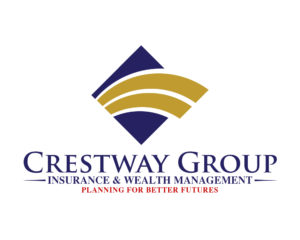Risk Management Process Overview
Risk Management Overview
An effective risk management involves the process of identifying, assessing, and controlling risks. This is crucial to the success of an organization as it impacts decision making and influences response to different incidents. An effective risk management plan allows a business operation to navigate an environment of uncertainty and be prepared when a negative risk is encountered. As risks are identified and properly addressed the outcome will have a positive impact on business goals, brand reputation, employee safety, etc.
What is Risk Management
Risk Management is the process of making and implementing decisions that will minimize the adverse effects of accidental business losses on an organization. Making these decisions involves a sequence of five steps: identifying and analyzing exposures to loss, examining feasible alternative risk management techniques to handle exposures, selecting the most appropriate risk management techniques to handle exposures, implementing the chosen techniques, and monitoring the results. Implementing these decisions requires performing the four functions of the management process: planning, organizing, leading, and controlling resources.
Types of Objectives
It’s necessary to understand the business objectives, how define, analyze and acquire them to properly dissect and manage risk. Enterprise objectives are defined in a top-down hierarchy with more broadly goals, such as to make a profit, then more specific. There will be a wide range of objectives from corporate, departmental, project, etc. that will have varying levels of importance.
Performing a Risk Assessment
The key component of risk management is to perform risk assessments. The process is very intuitive and logical to follow, and provides valuable insight. It is fundamental that assessments are systematic, recorded, and regularly reviewed generally in a five step process.
1. Determine What You’re Trying to Achieve
A risk cannot exist if there is no objective. To manage risks effectively it’s necessary to determine the business goals and what will be assessed. This is where you set the scope of your assessment and consider the environment.
2. Identify Risks
Consider what has potential for impact on the organization. Identify any risks and which assets are affected. Determine security or compliance gaps against relevant industry standards, regulations, or best practices that may increase your exposure or vulnerability. From there analyze what unique processes or needs that need to be addressed.
3. Analyze Data
Once risks are identified, analyze them with custom scales and metrics that makes the most sense for your business, including asset value, likelihood of the risk occurring, impact of the risk, and any third-party data. What risks have the biggest impact? Evaluate the priority of the risk compared to the resources you have available and other identified risks.
4. Create Action Plan
The next step in the process is to take action to mitigate risks and protect against potential risks. Key personnel can provide information on the system, policy, task, etc. of the identified risks to assist in the development of action plan. You’ll then be able to offer recommendations and assign tasks to personnel to close security gaps and improve risk scores.
5. Monitor and Review
Develop a a process to measure if the actions were successful. Take note of what changed and continue to monitor at regular intervals for progress. It’s also crucial to create reports that analyze risk across your assets and track what risks were identified and what steps were taken to mitigate those risks. This makes it easier to show how risk is decreasing or compliance is improving over time as you for the next assessment period. Also to be able to provide evidence of assessment process in case of an audit.
Why Crestway Group
Your business encounters risks every day some are obvious while other risks hidden. All risk have the potential to seriously impact your business. Identifying and managing these risks takes an experienced professionals. The Crestway Group works with our clients to design a plan to help avoid and reduce risk to business operations to protect your business assets and continuity of business operations. Contact our office today to lean how our Risk Management Division can assist you in reducing costly risk exposures.
